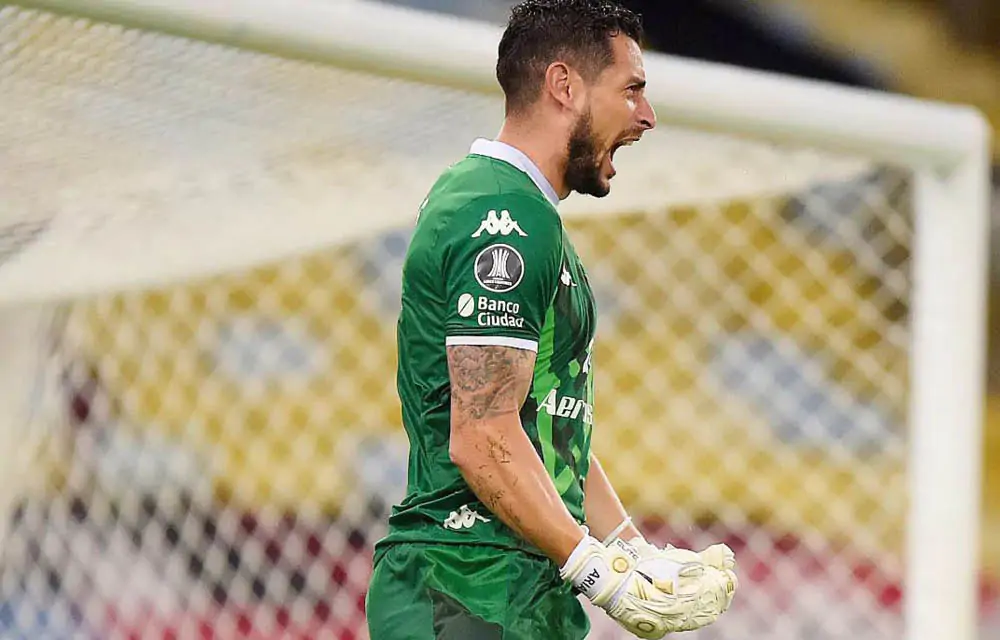
When it comes to soccer, the goalkeeper is often the unsung hero of the team. They make those crucial saves that can turn a game around in an instant. But what makes a great goalkeeper even better? The right pair of keeper gloves. In this ultimate guide, we’ll walk you through the important factors to consider when choosing the best keeper gloves for soccer.
Understanding the Basics
Before diving into the nitty-gritty details, it’s essential to understand the basic components of goalkeeper gloves:
- Cut: This refers to how the glove is stitched and affects the fit and feel. The most common cuts are roll finger, flat cut, and negative cut.
- Palm: The palm of the glove is where the contact with the ball occurs. Latex is the most common material used for the palm, and it comes in various types, each with its grip and durability.
- Closure: The closure system determines how the glove is secured on your hand. Common options include Velcro straps, elastic wristbands, and hybrid systems.
- Finger Protection: Some gloves come with finger protection technology, like finger saves, to prevent hyperextension of the fingers during play.
Consider the Playing Surface
The type of playing surface can significantly impact your choice of keeper gloves soccer. There are three primary playing surfaces in soccer:
- Grass: If you primarily play on natural grass, look for gloves with latex palms that offer excellent grip and cushioning. They are also more durable, as the rough surface can wear out the gloves faster.
- Turf: Turf surfaces can be harsh on gloves, so opt for a pair with durable latex palms designed for artificial surfaces. Additionally, consider finger protection to reduce the risk of injury on turf.
- Indoor: For indoor soccer on smooth, hard surfaces, gloves with flat-cut palms are often a good choice. They provide a solid grip and are less prone to abrasion.
Grip and Latex Types
The grip of your goalkeeper gloves is critical, as it directly affects your ability to catch and hold onto the ball. Latex is the primary material used for the palm, and it comes in various types:
Roll Finger Cut: This cut provides maximum latex-to-ball contact, making it ideal for those seeking a firmer grip. It offers excellent control but may reduce breathability.
Negative Cut: This cut offers a snug fit and a more natural feel. It’s preferred by many professional goalkeepers but may have less latex contact with the ball.
Flat Cut: The flat-cut design offers a larger catching surface and is great for beginners or those looking for a roomier fit.
Different latex types are suitable for various playing conditions:
All-Weather: If you play in diverse weather conditions, choose an all-weather latex that provides a balance between grip and durability.
Wet Weather: For rainy or wet conditions, opt for a wet weather latex, which maintains grip even when wet.
Dry Weather: In dry conditions, a dry weather latex provides an exceptional grip, but it may wear out faster in wet conditions.
Fit and Comfort
A well-fitting pair of goalkeeper gloves is crucial for performance and comfort. Consider the following tips:
Sizing: Measure your hand to determine the right size. Gloves that are too tight can limit movement, while those that are too loose can reduce control.
Closure System: Choose a closure system that you find comfortable and secure. Some goalkeepers prefer the snug fit of elastic wristbands, while others like the adjustability of Velcro straps.
Finger Protection: If you have a history of finger injuries or want extra protection, look for gloves with built-in finger saves.
Durability and Maintenance
Goalkeeper gloves endure a lot of wear and tear during matches and training. To make your investment last, follow these maintenance tips:
Cleaning: After use, gently wash the gloves with lukewarm water and mild soap. Avoid hot water or aggressive scrubbing, as it can damage the latex.
Drying: Allow the gloves to air dry naturally. Never use direct heat sources like radiators or dryers, as they can shrink and harden the latex.
Storage: Store your gloves away from direct sunlight and extreme temperatures. A glove bag can help maintain their condition.
Budget Considerations
Finally, consider your budget. High-quality goalkeeper gloves can vary widely in price. While it’s tempting to splurge on top-of-the-line gloves, there are also excellent options available for those on a tighter budget. Remember that durability and performance should be your primary concerns, so invest wisely.
In conclusion, choosing the best goalkeeper gloves for soccer requires a combination of knowledge about the game, playing conditions, and personal preferences. Take your time to research and try on different options to find the perfect fit for your hands and playing style. With the right pair of gloves, you’ll be ready to make those game-changing saves and become the hero your team needs.